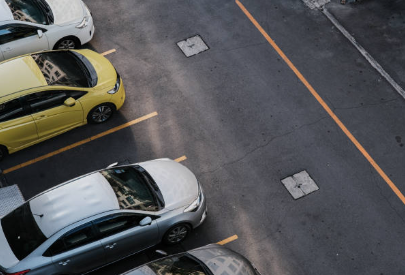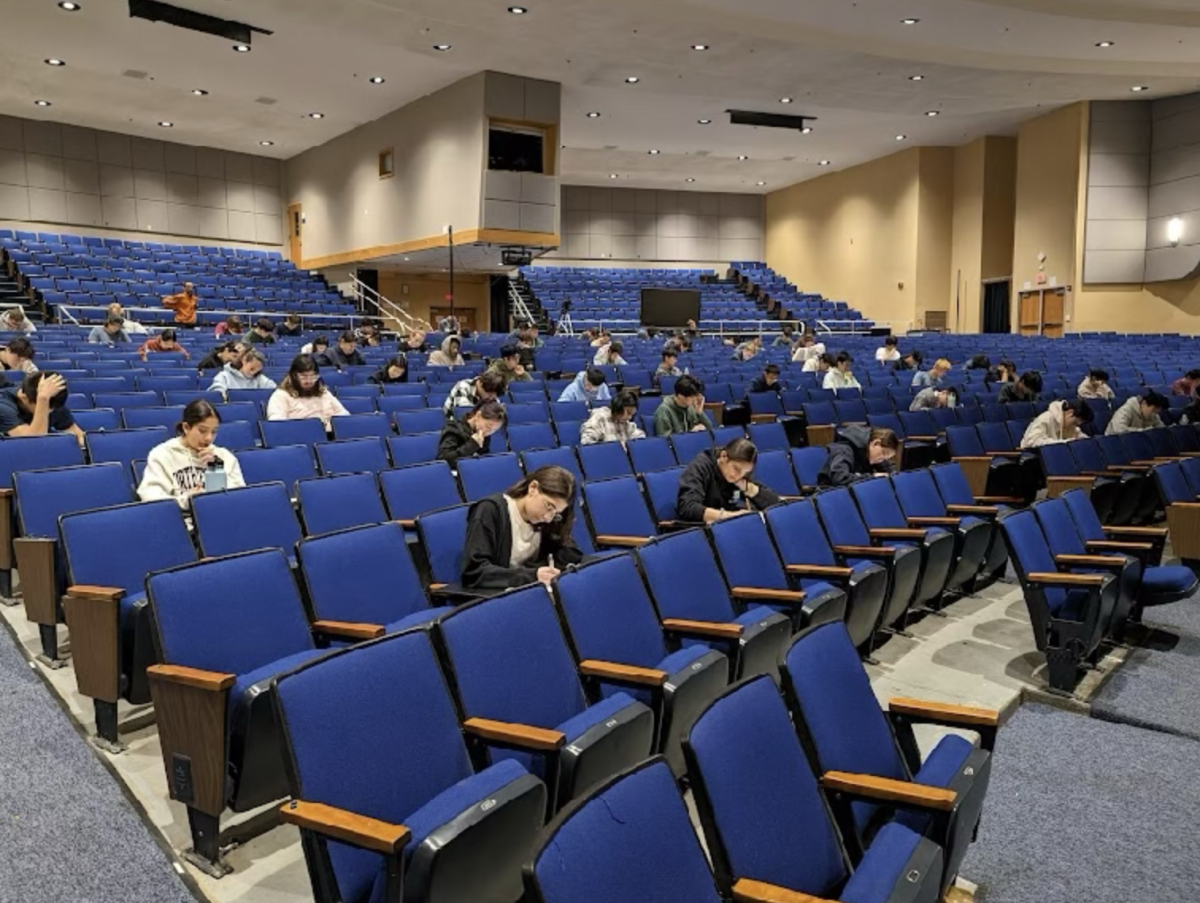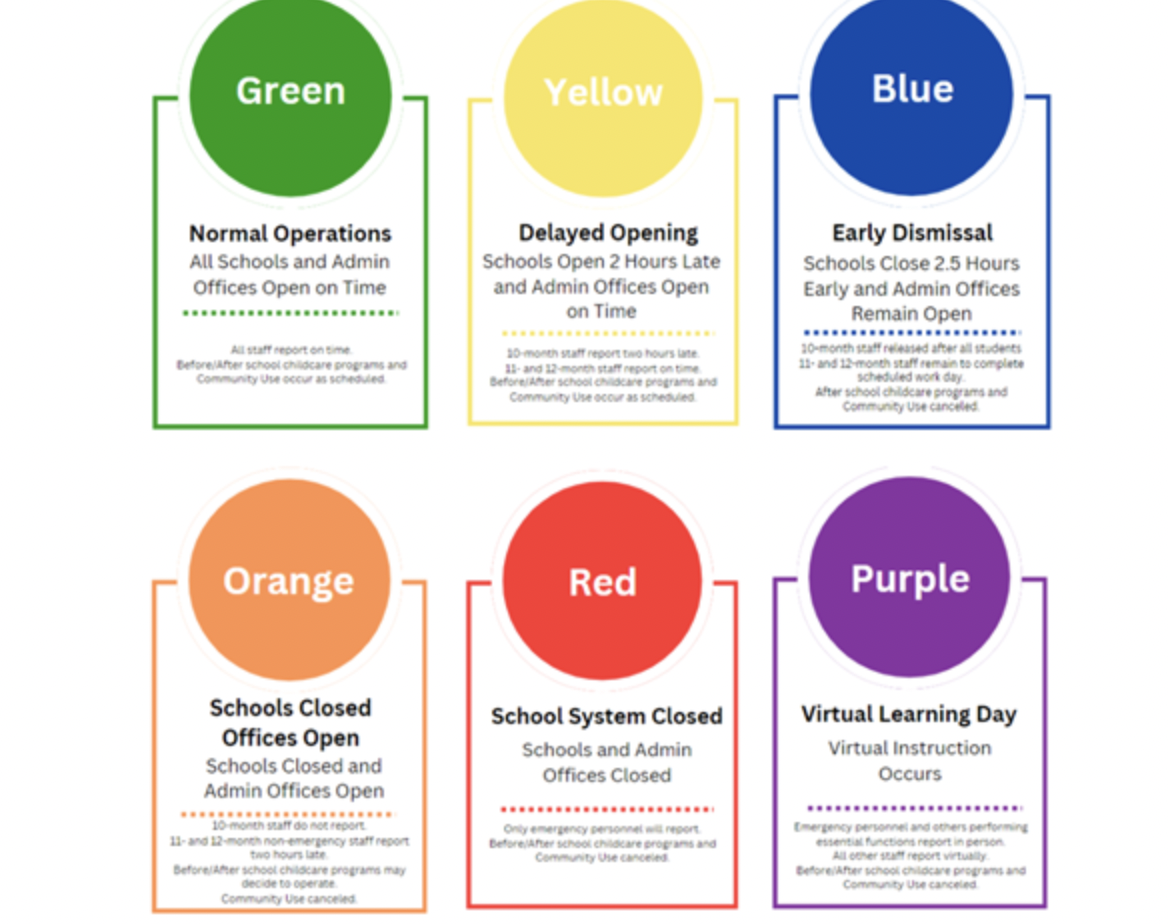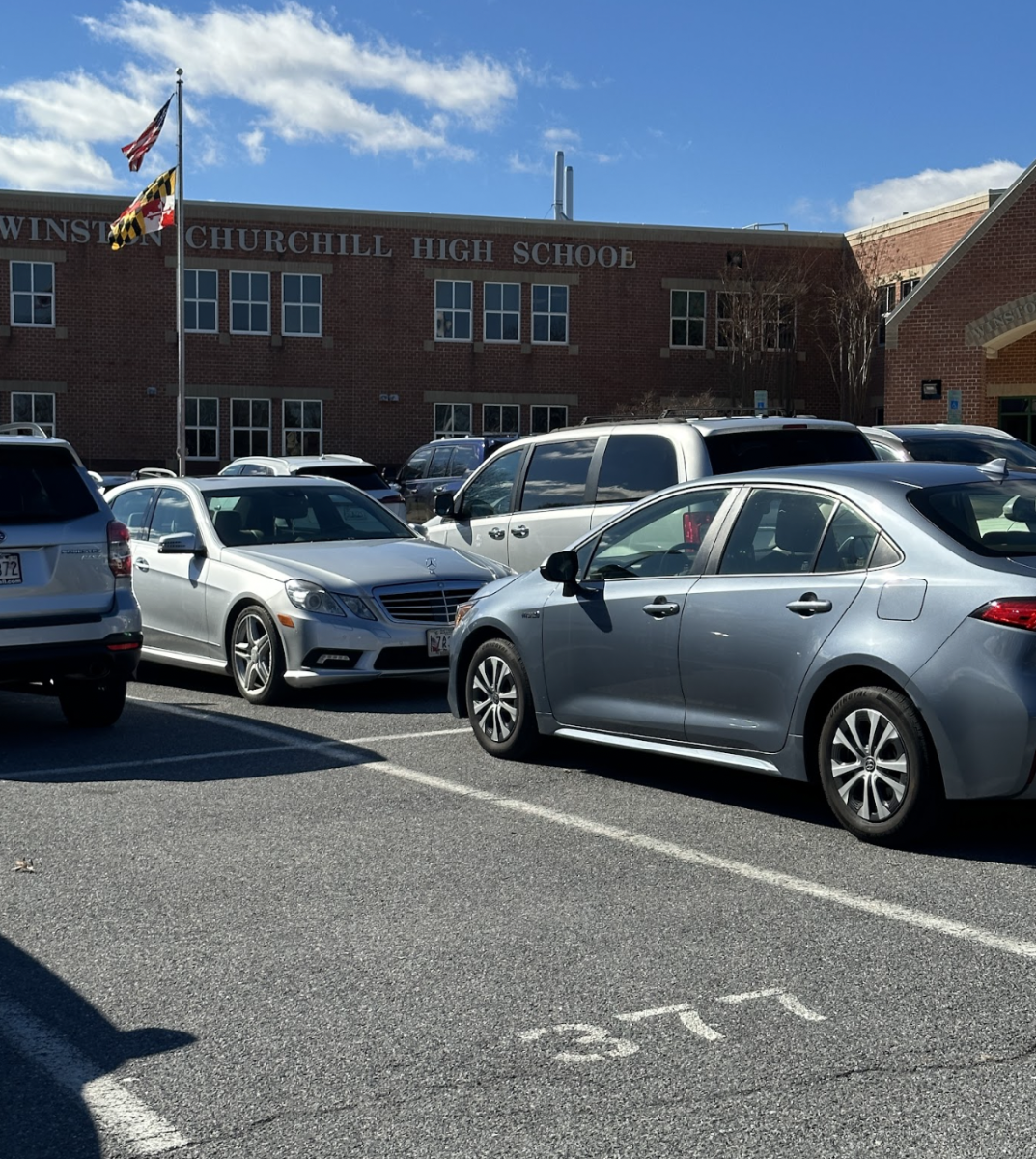The world caught a glimpse of what the future holds for the auto industry when Bill Ford laid out his vision for the Ford Motor Company at the Mobile World Congress in March 2012. He may have been speaking for all automakers when he declared his intention to take the car industry on a drive down Silicon Valley. Since then, car companies around the world have strived to reflect the simple yet intuitive technology that has made iPhones and iPads so popular.
In reality, these companies have conjured up a goal that stands in stark contrast to that of Apple. Rather than developing more exciting cars—cars people want to drive in—car companies are developing a new line of cars that actually inhibit the driver.
According to a November 2012 Wall Street Journal article, some Mercedes-Benz cars already have sensors to detect drowsiness. Lexus plans on installing cameras in its vehicles for the same purpose; Ferrari SpA has filed a patent for a headrest that monitors the driver’s brainwaves, and Ford is researching possible respiration-detecting seatbelts and heart-rate-tracking steering wheels.
These companies and others are pouring all their resources into the research and development of biometric sensors and neural detectors in an effort to be competitive in the industry’s future, a future they mistakenly believe will be dominated by monitoring technology.
What makes Apple’s devices so popular? To start, neither iPhone nor other Apple products constantly collect biometric information from their users to calculate the level of risk involved in simple activities. That sounds more like Stalin’s USSR than a simple cell phone.
And yet, the brave new car that these companies are banking on rejects the liberation of the iPhone, which streamlines an individual’s various social, leisure and scheduling needs into an intuitive, hand-held tool. Manufactures are preferring instead a car that controls the human, not a human who controls the car.
According to the Wall Street Journal article, syncing one’s phone with the car will allow it access to the driver’s glucose level so that the car can warn the driver if he or she is at risk of losing consciousness. Conductive pads in the steering wheel will detect the driver’s pulse and palm moisture to determine if the driver is undergoing stress.
That’s not all.
A dashboard-mounted camera will constantly focus on the driver’s head for signs of fatigue or distraction, which would be met by a prompt beep or vibration. Infrared cameras will scan the driver’s face to monitor its temperature. All these monitors can alert the car’s central control center to avoid obstacles on the road, bring the car to a safe stop in case of unconsciousness or automatically silence a ringing phone that might distract a driver in a high-stress moment.
These are all incredible features, and they certainly could stem a worrisome number of car accidents if they sell. Unfortunately for these car makers, people do not buy cars to be safe. It is style and efficiency that sell, and this cutting edge technology doesn’t make the driving experience more enjoyable. In fact, it makes the car just another place where humans must submit to authority.
Apple has found unprecedented success with the iPhone because it was designed as a vehicle of human independence, where the individual is in charge. It is “smart” not to make the phone safer, but to make it satisfy customer desires. The entire auto industry has taken the opposite route, allying itself with governments concerned about the number of car accidents. The result is a really smart, really safe, really boring car.
Since its conception, the car has symbolized escape and adventure for America. It is responsible for the creation of suburbs in the early 20th century, allowing people to escape the overcrowded cities. Its mass-production led to America’s emergence as a world super power. Cars are what Americans go to when they need freedom, not a safe incubator.













